Coincidentally, the sighting came as Asteroid 86666 was due to skim past Earth - one of the biggest asteroids to pass our planet in recent times.
But the bright lights were no meteor, according to Roberto Cornale of the Coffs Harbour Astronomical Society, who said the occurrence was probably due to space junk falling to earth. "The cause was likely space debris which was breaking up as it entered the atmosphere," Mr Cornale said. "It's a reasonably common occurrence and not too surprising considering the amount of man-made rubbish that is circling Earth."
Comment: Right, but the amount of man-made debris up there is DWARFED by the amount of space rocks in the near-Earth environment. Thus it is FAR more likely that people saw another meteor fireball.
Read the rest of this article here.
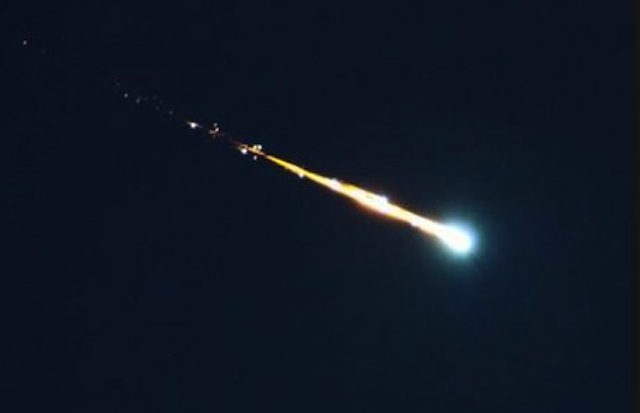

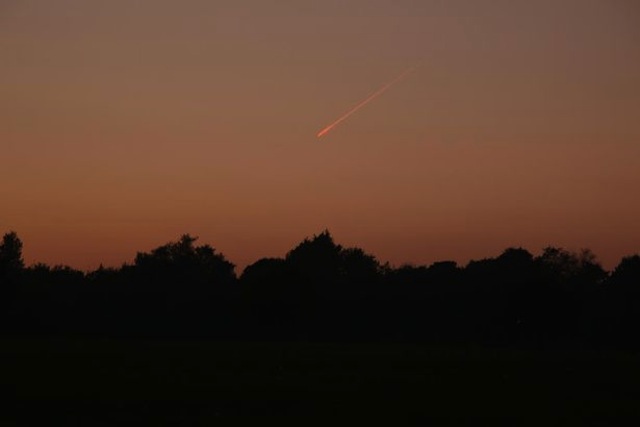
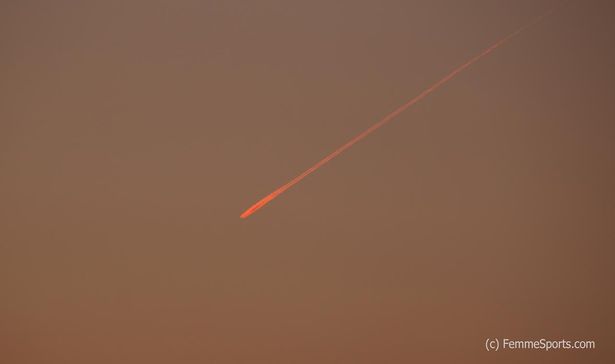
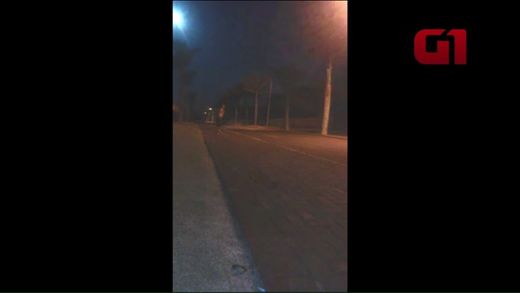
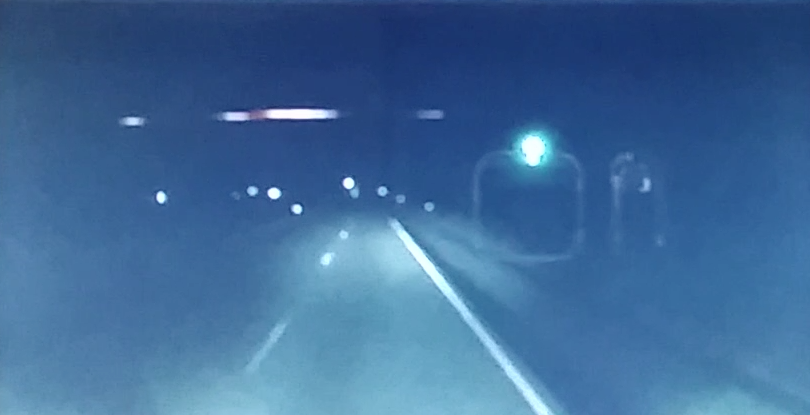
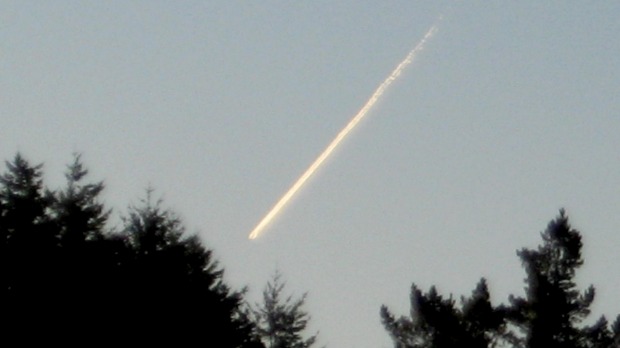
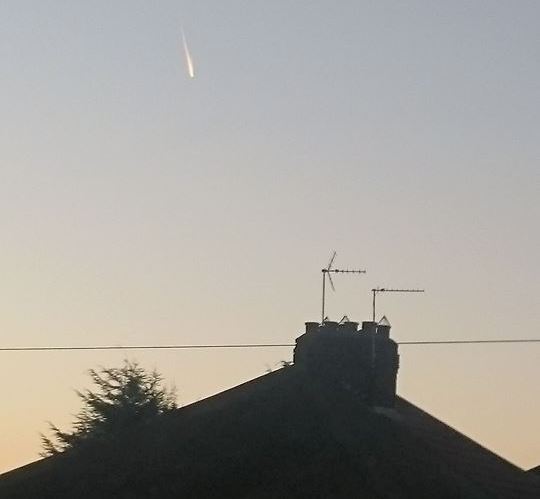
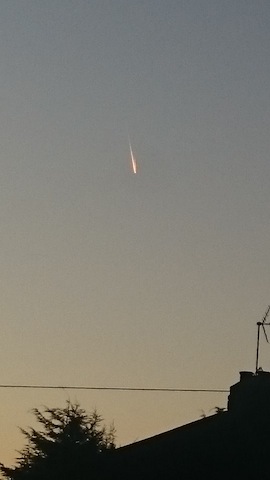
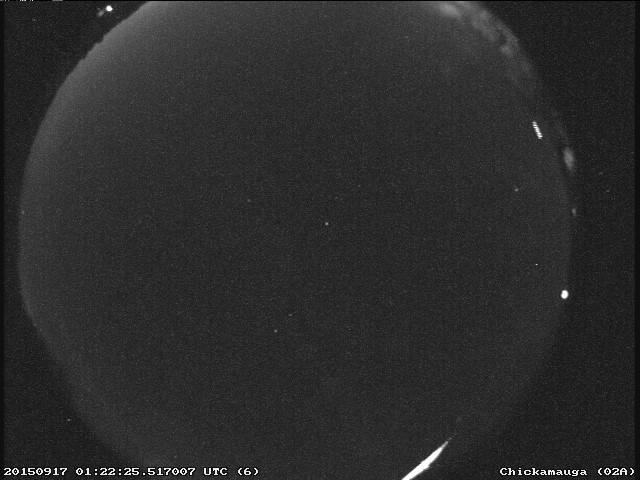
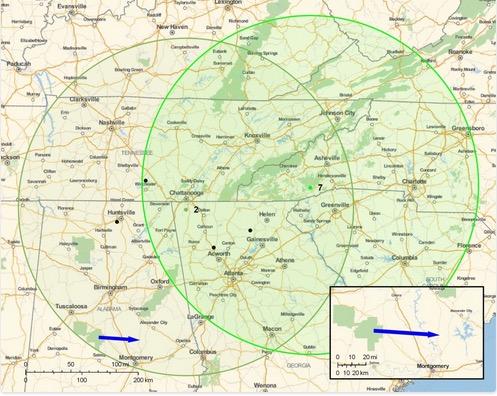

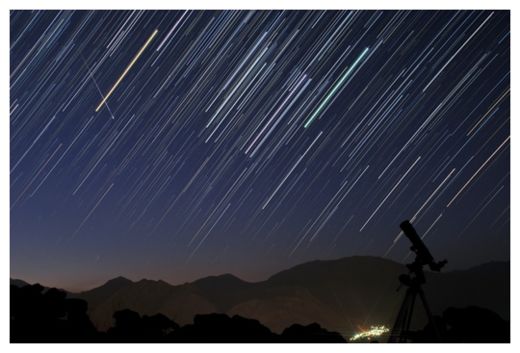



Comment: See also:
Space Junk Rising Exponentially (and No, It's Not Man-Made)